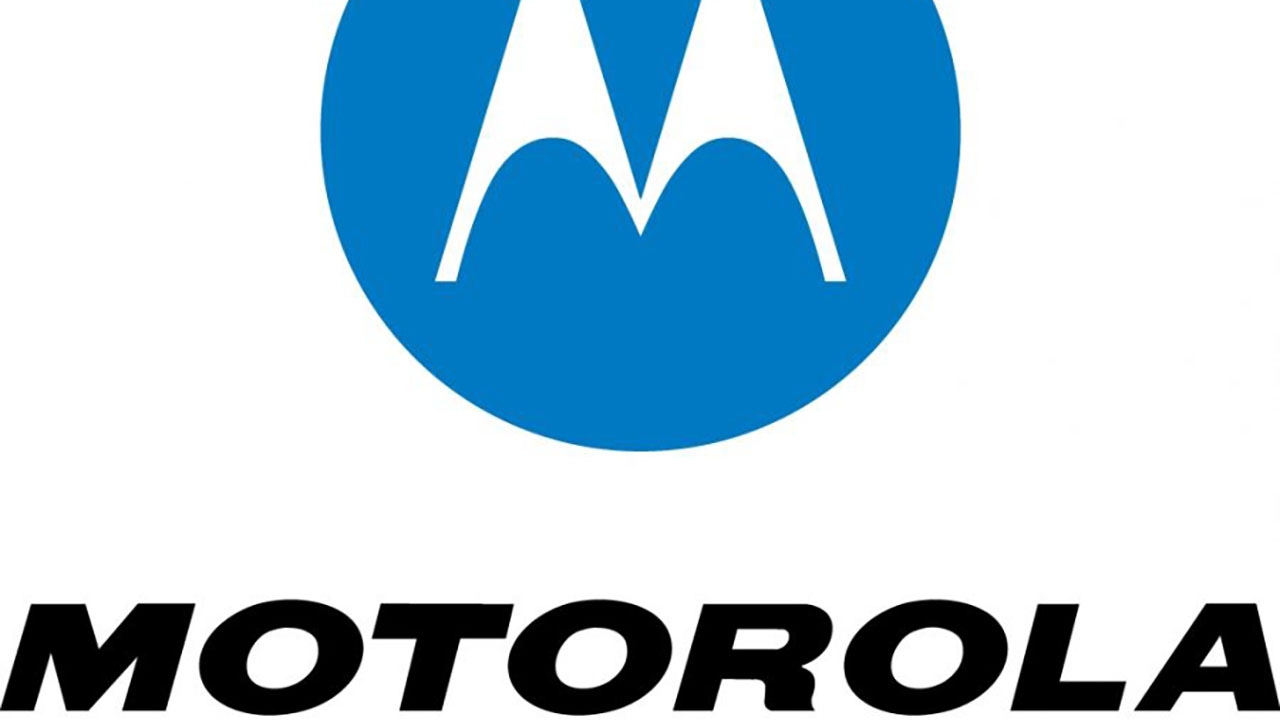Motorola Solutions touts growth in video, revenue diversity beyond LMR

Motorola Solutions is seeing significant revenue and market-share gains in both fixed and mobile video as the it continues to diversify its offerings portfolio beyond the traditional sale and installation of LMR systems and devices, company officials said during the first-quarter earnings call.
Motorola Solutions Chairman and CEO Greg Brown described the company’s results as “outstanding,” noting record sales, orders, operating earnings and cash flow for a first quarter, which typically is the weakest on for the company.
Motorola Solutions did not announce any large LMR system wins in the U.S. during the first quarter, something officials attributed in part to supply-chain issues. But Motorola Solutions still managed to post a strong quarter, thanks to significant growth in other areas that now represent almost 50% of the company’s total revenue, according to Brown.
“I’m very pleased with our progress in leveraging our leading installed base in LMR to expand into command-center software, video security and LMR services,” Brown said during the earnings call, which was webcast.
“Today, almost half our revenue is generated from these higher growth areas—up from 20% five years ago—and our addressable market has tripled over that same period of time. And while we’ve made significant progress, I absolutely believe we still have a long runway ahead as we continue to deploy capital both organically and inorganically in these areas to drive revenue, margin and cash flow for the company.”
Of these newer growth areas, the most notable was video security, where Motorola Solutions has made significant strategic investments in recent years to provide non-Chinese-manufactured fixed solutions and mobile offerings that challenge industry giant Axon.
“Demand in our video-security business is really strong, and we now expect full-year growth to be 20% plus, up from the high teens we referenced on our last call,” Brown said. “In fixed video, which makes up approximately 70% of the total video-security revenue, our investments in AI analytics, cloud services, access control and NDAA-compliant manufacturing is differentiating us from our competitors and driving growth faster than the overall market.
“And in mobile video, the call for more transparency is driving growth for our purpose-built body-worn and in-car camera solutions, and we’re gaining share in a market that has predominantly been served by one vendor. During the quarter, we had several large body-worn camera wins, both in the U.S. and internationally. [On May 6], we announced the $17.5 million contract to provide about 30,000 body-worn cameras to the French Ministry of Interior.”
Brown said he believes that Motorola Solutions has been gaining in its video-security market share during the past nine months, in part because of the “secret sauce” that the company can provide by integrating video with its large installed base of LMR systems around the world.
Jack Molloy, executive vice president of products and sales for Motorola Solutions, provided statistics to support the market-share gains that Brown cited in the market for body-worn cameras.
“If you look at the data that was just released by our competitor—Axon—and ourselves, they grew their shipments 16% in [the first quarter]—that’s 7,000 units in an absolute perspective. Whereby, we grew body-worn shipments 104%, which is 11,500 units. So I think that’s indicative of the share we’ve taken.”
After struggling significantly last year as the COVID-19 pandemic hit businesses hard, the Motorola Solutions professional and commercial radio (PCR) business showed some much-wanted encouraging news by growing by 8% during the first quarter, according to Brown.
“I like the signals that are coming back from that business,” he said.
Brown said he believes that 8% growth throughout the year could be possible for the PCR business, but “it is probably too early to predict” when PCR could return to the $1 billion level it achieved prior to the COVID-19 pandemic.
“I’m not going to declare an endpoint of when we return to that level,” Brown said. “But I would simply say it’s certainly ahead of the expectations that we had a quarter ago when we had the full-year view.
“The signals are certainly stronger. I thought they would be good for PCR—as you heard me say [last quarter], I thought PCR would return to growth in 2021. We’re off to a very good start. Orders are strong, and they’re probably ahead of my expectations, … as we sit here in May.”
Motorola Solutions CFO Jason Winkler said the PCR numbers have been bolstered by this year’s launch of the Ion—a DMR “smart radio” that can also leverage LTE and Wi-Fi connectivity—which is “seeing good take rates” in the marketplace.
Brown also said company officials are “very excited” about the prospects of its Nitro private LTE offering on CBRS spectrum, particularly as a solution that can help schools provide distance-learning opportunities to students.




_Michael_Burrell_Alamy[1].jpg?width=700&auto=webp&quality=80&disable=upscale)
